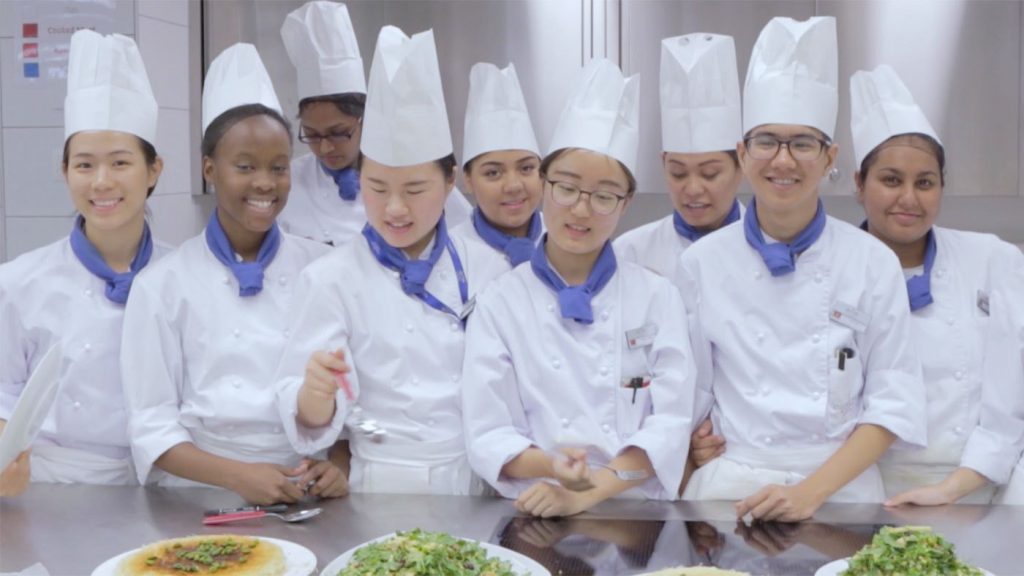One of the biggest challenges for teachers is students who feel isolated from learning – students who lack confidence as students with unrealistic potential. These include students who seem unable to concentrate, lack daily motivation for academic tasks, rarely do homework, cannot give homework, choose to stay on the edge of small group work, and cover up their writing efforts. Those who are afraid of peer judgment, embarrassed to be asked to read aloud, and keep their opinions to themselves. These students experience delays while reading in Some if not all, exhibit behaviors in the classroom that keep them from learning. Others are usually absent. These are the characteristics of the abducted students. These students basically need the same opportunities as their peers: participation in authentic and rewarding communication situations; It’s time to create meaning, connect, collaborate, and communicate with each other; opportunities to establish important relationships between the text world and one’s own world; a sense of having learning and assessment tasks. They need experiences designed to engage them in a personal and meaningful way so their learning efforts are relevant. They need great support in reading and writing. They need positive feedback and motivation. They need all these experiences in the context of purposeful and interactive learning. Ultimately, the culinary arts curriculum for students should prepare them for life after high school.
Preparing students means engaging them with resources and people where they can learn more about themselves and their world. Many students feel insecure about their general knowledge and do not want to participate in class discussions – they respect their peers who seem to be more efficient. The biggest challenge in engaging students is finding the right balance between supporting their needs by arranging opportunities for them to experience learning success and forcing them to grow as students. Teachers need to have high expectations of all students and state those expectations clearly. Motivation plays an important role in student understanding and successful completion of the curriculum. The motivation for students increases when the emphasis in the classroom is given to the “whole person”. This type of environment focuses on recognizing achievement and initiating learning. Many factors are mentioned as tools that increase student motivation. Clear structural expectations and flexibility increase the desire to learn, when students have a structure that allows them to achieve their goals, their motivation increases. Student support should include career awareness. Promoting student goal setting strategies allows them to develop higher self-esteem, which is a natural source of motivation to succeed. Changing teaching strategies during lessons also excites motivation. Students need diversity, choice, and opportunity to have their learning In a supportive learning environment, male, female, lesbian, gay, bisexual, and transgender.

(LGBT) students get equal access to teacher assistance, resources, technology and various roles in group activities. It is important that the curriculum reflects the experiences and values of male, female and LGBT students, and those texts and other learning resources include and reflect the interests, achievements, and perspectives of all students. Teachers promote gender equality in their classes when they express equally high expectations and offer non-traditional career placement options for male, female and LGBT students; • Provide equal opportunities for input and response from male, female and LGBT students; • gender-fair language models and respectful listening in all interactions with students; and encouraging critical thinking and challenging gender-based discrimination and sexual orientation Gender and racial stereotypes can be very subtle and require deliberate effort to avoid them. Unconscious stereotypes can seriously damage student confidence. Teachers may need to adapt them, as many sources can contain stereotypes. To encourage students to think about diversity, teachers can also call attention to missing elements or stereotypes and ask students to suggest changes.
Interested to find more information? Why don’t you visit our website and check out other articles?